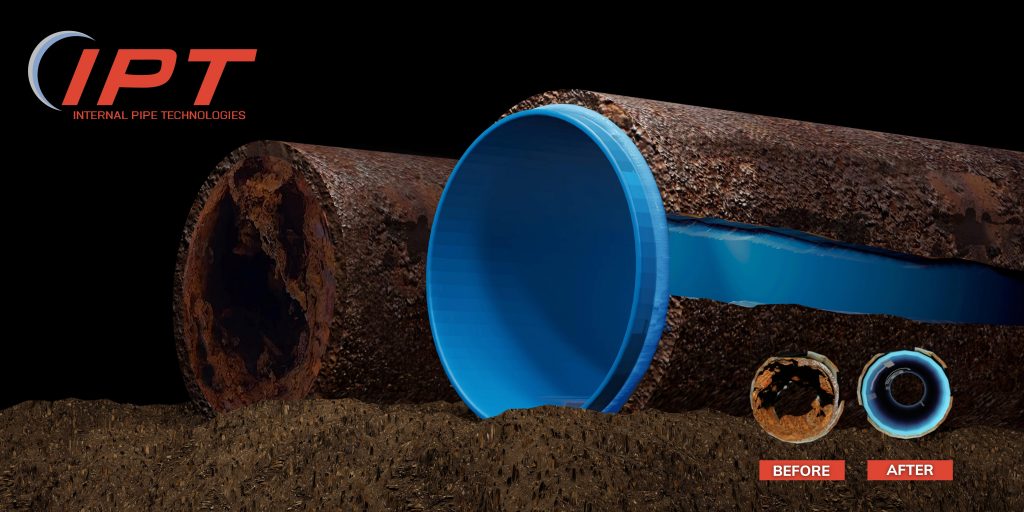Let’s dig in to the big difference between inverted liners and pull in-place liners that you probably didn’t know about!
All wastewater infrastructure should be maintained on a regular basis including all the pipes in your home and the ones leaving your home. If your pipes have failed and or just reached their life expectancy you may choose to have them rehabilitated by using a CIPP liner.
There are 2 main types of CIPP products available:
When deciding which method is best for your property, home and building owners should always take into consideration that your pipes will still require maintenance. Even a lined pipe needs to be cleared of soft blockages as well as periodic maintenance with a hydro-jetter to remove grease build up.
There is a big difference between these two pipe restoration technologies when it comes to ongoing maintenance.
Inverted Liner Maintenance
Inversion technology includes the “inverting” of a material into an old pipe. This means the liner must be made to hold pressure during the installation process. To do this, manufactures install a liquid coating and/or adhering a tube on the outside of the product once the product is inverted into the pipe the coating or tube now becomes the inner surface of your new pipe and although the end product typically meets the standard plumbing codes and or ASTM standards, this coating and tube will affect how you can maintain your system in the future.
The use of a drain machine for soft blockages will typically void any warranties you may have as the cutting heads can grab the coating and/or tube and separate it from the inside of the liner. When this happens, you are left with pieces of plastic hanging from all over your liner which can cause blockages of their own. Once the coating or tube is compromised there is no real way to rectify it as the more you try to cut out the plastic the more damage is done.
Although hydro-jetting is less dangerous to inverted liners it does rely on high pressure water to clean lines and depending on the pressure used. Typically this process will cut the interior coating or tubing and again cause the coating or tubing to become loose and damaged causing future back ups.
Pull In-Place Liner Maintenance
At Internal Pipe Technologies, we use the Pull-in-Place Pipe Lining Method, and for good reason! Because these liners are pulled into place, there is no need to pressurize the liner during installation which means there is no need for the coating or tube to end up on the inside of the pipe. These liners are typically installed using epoxy resin which is a high quality product that can withstand the direct use of drain machines and jetting without any adverse affects.
So when contemplating lining your sewer pipes, always take into account the future maintenance of that system it can save you a lot of money and a lot of hassle down the road!
Internal Pipe Technologies is a leading Pipelining Manufacturing company with years of experience in the trenchless industry. We help businesses grow by offering a partnership that includes a full suite of pipe lining products, sales, and marketing support. IPT is focused on manufacturing product for under-slab pipe lining and is solely committed to helping partners in this market.
Phone: 1- 888-IPT-6649
Email: info@internalpipetech.com